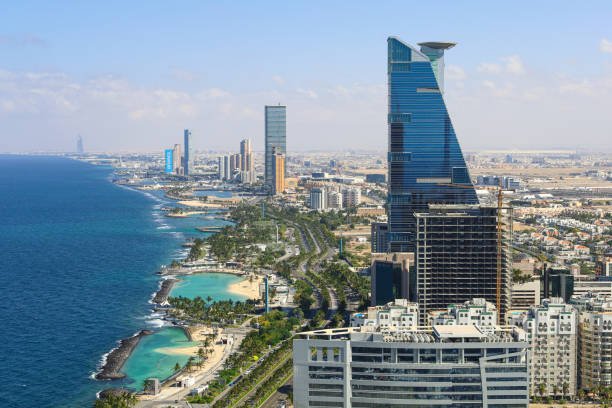
Jeddah to Tabuk Distance Guide
Jeddah and Tabuk are two fascinating places that attract tourists and people who are looking forward to the business opportunities in the Kingdom. Speaking of it, regardless of your commute, it would be more convenient
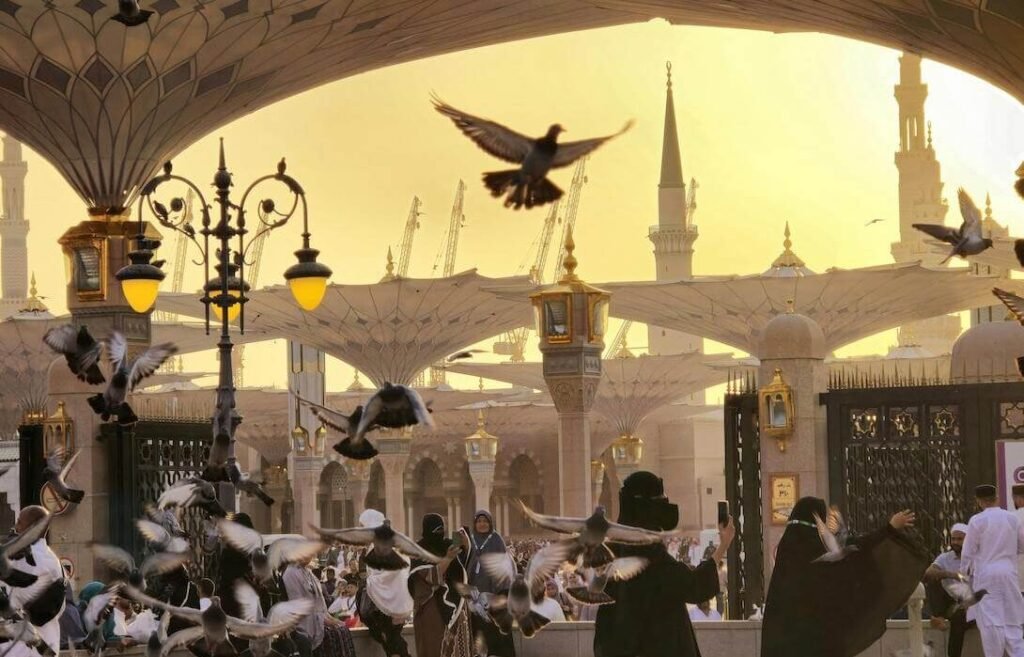
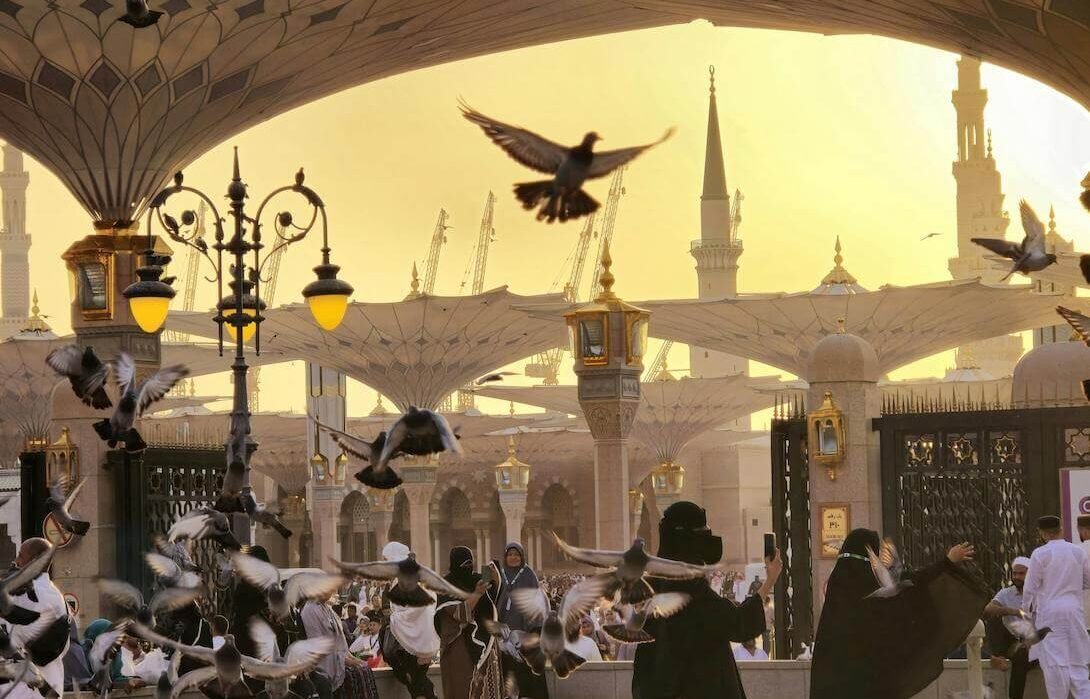

Luxury Hotelier | Travel Enthusiast
From a kingdom once shrouded in mystery to a burgeoning tourist destination, Saudi Arabia has undergone a remarkable metamorphosis that’s capturing global attention. With an unprecedented 100 million tourist visits in 2023 and a staggering SAR 444.3 billion contribution to GDP, the nation’s tourism sector is rewriting the rulebook on Middle Eastern hospitality.
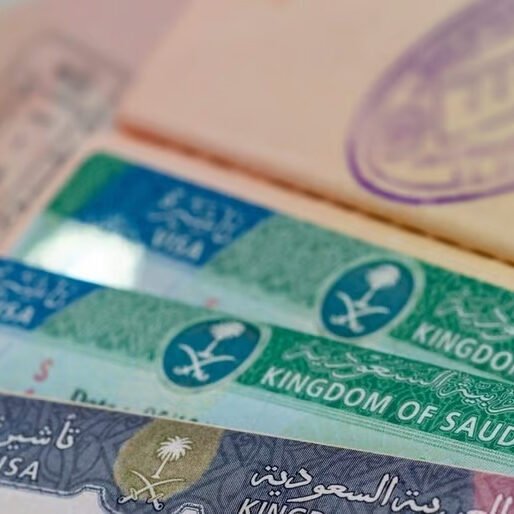
The introduction of tourist visas in 2019 marked a pivotal moment in Saudi Arabia’s history, throwing open its doors to leisure travellers for the first time. This seismic shift, coupled with ambitious mega-projects and careful preservation of cultural heritage, has positioned the Kingdom as an emerging giant in the global tourism landscape.
Saudi Arabia’s tourism sector has experienced unprecedented growth, marking 2023 as a landmark year with over 100 million tourist visits. The sector contributed an impressive SAR 444.3BN to the nation’s GDP, representing 11.5% of the entire economy.
International visitor spending surged by 57% to SAR 227.4BN, while domestic tourism flourished with a 21.5% increase in spending to SAR 142.5BN. The sector now supports over 2.5 million jobs, showcasing a remarkable 24% increase from previous peaks.
The Kingdom’s tourism success extends beyond religious pilgrimage, with leisure tourism gaining significant traction. Domestic trips for leisure purposes rose to 45% in early 2023, demonstrating the sector’s diversification. The country has emerged as a G20 leader in international tourist growth, achieving a 156% recovery in international arrivals compared to pre-pandemic levels.
Looking ahead, Saudi Arabia’s tourism sector is projected to contribute SAR 498BN to GDP in 2024, with an additional 158,000 jobs expected. By 2034, these figures are set to reach SAR 836.1BN and 3.6 million jobs respectively, underlining the sector’s vital role in the Kingdom’s economic future.
In a historic move, Saudi Arabia introduced tourist visas for the first time in 2019, marking a significant shift in the Kingdom’s approach to international tourism. The impact was immediate, with 24,000 visitors entering the country within the first ten days of the programme’s launch.
The e-visa system now allows citizens from 49 countries to obtain travel authorisation either in advance or upon arrival, making Saudi Arabia more accessible than ever before.
This streamlined process has contributed to the Kingdom’s remarkable tourism growth, with international arrivals increasing by 156% in 2023 compared to 2019 levels.
The visa reforms are part of Saudi Arabia’s Vision 2030 strategy, which aims to position tourism as a key economic driver, targeting 100 million annual visits. With continuous improvements to the visa system and growing infrastructure, the Kingdom is rapidly establishing itself as a premier global tourism destination.
While Saudi Arabia welcomes tourists, visitors should exercise increased caution due to regional security concerns. The main areas requiring vigilance include regions within 80km of the Yemen border and parts of the Eastern Province, particularly Qatif.
Travellers should be mindful of strict local laws and customs, especially during Ramadan when eating, drinking, and smoking in public are prohibited during daylight hours. Dress codes require loose-fitting clothing that covers elbows and knees for all visitors.
Recommended vaccinations include hepatitis A, hepatitis B, and typhoid. The Kingdom maintains high safety standards in tourist areas, though standard precautions should be taken:
During the Hajj pilgrimage period, additional safety measures are necessary due to large crowds. Road travel requires extra attention, as driving standards can vary and accident rates are high, particularly on secondary roads. The winter months (November to February) may experience flash flooding in some regions.
To ensure a smooth visit, familiarise yourself with prohibited items, which include alcohol, gambling-related materials, and non-prescribed medications.
Saudi Arabia’s rich cultural heritage is deeply rooted in Islamic traditions and Arab customs. Visitors must demonstrate respect for local customs, particularly during religious observances like Ramadan, when eating, drinking, or smoking in public during daylight hours is prohibited.
Dress codes are strictly observed throughout the Kingdom. Men should wear loose-fitting clothing that covers shoulders and knees, while women should wear modest, loose clothing covering arms and legs. In religious sites, women must also cover their hair.
Public behaviour follows traditional Islamic values. Physical contact between unrelated men and women is discouraged, and public displays of affection are not acceptable. Elderly members of society command particular respect – standing when they enter a room is customary.
Saudi hospitality is legendary, often expressed through the sharing of Arabic coffee and dates. When visiting homes, remove shoes before entering, especially on carpeted areas. Always use your right hand for eating and passing items, as the left hand is considered unclean. During social gatherings, gender segregation is common, though rules may be more relaxed for foreign visitors in certain settings.
Remember that the call to prayer occurs five times daily, during which many businesses temporarily close. Friday is the weekly holy day, with most establishments operating on a modified schedule.
Saudi Arabia offers an extraordinary mix of historical treasures and modern marvels. The UNESCO World Heritage site of Diriyah, located in Riyadh, showcases the Kingdom’s rich heritage through its stunning mud-brick architecture and cultural exhibitions. The ancient
city of AlUla captivates visitors with the magnificent Hegra archaeological site and the natural wonder of Elephant Rock.
For those seeking contemporary attractions, the Kingdom’s ambitious mega-projects are reshaping the tourism landscape. NEOM, a $500 billion sustainable city project, promises futuristic experiences, while the Red Sea Project is developing pristine coastal areas into luxury eco-resorts. The Diriyah Gate development is transforming the historic district into a world-class cultural and lifestyle destination.
Nature enthusiasts will find paradise along the Red Sea coast, where crystal-clear waters host vibrant coral reefs and diverse marine life. The Kingdom’s underwater tourism initiatives include diving experiences at preserved sites and innovative water sports facilities.
The blend of sacred sites like Al-Masjid an-Nabawi in Madinah, combined with modern attractions such as Riyadh’s Kingdom Centre Tower, creates an unparalleled tourism experience that caters to every interest.
For seamless travel, obtain a local SIM card and carry cash for smaller establishments. Most tourist areas accept major credit cards, though some remote locations may be cash-only.
Industry leaders and government officials express strong optimism about Saudi Arabia’s tourism transformation. His Excellency Ahmed Al-Khateeb, Minister of Tourism, recently highlighted the sector’s remarkable progress:
“The Kingdom’s tourism achievements demonstrate our unwavering commitment to Vision 2030. We’re not just meeting targets – we’re exceeding them, with visitor numbers surpassing our initial projections.”
Tourism analysts point to the Kingdom’s strategic investments as key drivers of growth. Dr. Sarah Thompson, Senior Tourism Consultant at Global Tourism Partners, notes:
“Saudi Arabia’s tourism infrastructure development is unprecedented in scale and speed. The combination of cultural heritage sites, modern entertainment facilities, and luxury resorts positions the Kingdom uniquely in the global tourism market.”
Industry experts particularly praise the government’s approach to sustainable tourism development. Abdullah Al-Dawood, CEO of Seera Group, emphasises:
“The integration of technology and sustainability in tourism projects like NEOM and the Red Sea Development showcases Saudi Arabia’s commitment to responsible tourism growth while preserving its natural and cultural heritage.”
These insights from key stakeholders reflect the transformative impact of Saudi Arabia’s tourism initiatives on its economic diversification strategy.
Saudi Arabia’s tourism sector has become a powerful economic engine, contributing a record SAR 444.3 billion to the Kingdom’s GDP in 2023, representing 11.5% of the total economy. This remarkable growth trajectory is expected to continue, with forecasts showing the sector’s direct contribution to GDP growing by 7.2% annually through 2033, reaching 5.8% of total GDP.
The tourism industry has emerged as a significant employer, currently supporting over 2.5 million jobs – approximately one in five jobs nationwide. This represents a substantial 24%
increase from pre-pandemic levels. The sector directly generated 866,075 positions in 2022, with indirect and induced effects creating additional employment opportunities.
Looking ahead, the industry’s growth prospects are compelling. By 2033, tourism’s total contribution to GDP, including indirect and induced effects, is projected to reach 15.4%. Employment figures are expected to grow correspondingly, with forecasts suggesting the sector will support over 3.6 million jobs by 2034.
The government’s commitment is evident through planned investments exceeding SAR 3 trillion over the next decade, demonstrating its dedication to establishing tourism as a cornerstone of economic diversification.
Saudi Arabia’s commitment to sustainable tourism development stands at the forefront of its Vision 2030 strategy. The Kingdom is implementing comprehensive environmental safeguards across its mega-projects, with the Red Sea Development leading the way through its pledge to achieve a 30% net conservation benefit by 2040.
The pioneering NEOM project exemplifies this sustainable approach, powered entirely by renewable energy and incorporating advanced water conservation technologies. Its flagship development, THE LINE, is designed as a zero-carbon urban environment stretching 170 kilometres without cars, streets, or carbon emissions.
Key sustainability initiatives include:
The Amaala project further demonstrates this commitment through its marine conservation efforts, protecting over 2,000 marine species and establishing the Middle East’s largest fish nursery. These initiatives ensure Saudi Arabia’s tourism growth aligns with global sustainability standards while preserving its natural heritage for future generations.
Saudi Arabia’s transformation from a traditionally closed society to an open, vibrant tourist destination represents one of the most significant shifts in global tourism this decade. The Kingdom’s commitment to sustainable development, coupled with its preservation of cultural heritage and ambitious modernisation projects, creates a unique proposition for travellers seeking authentic experiences in an emerging destination.
As the country continues to exceed its tourism targets and reshape its identity on the global stage, it’s clear that Saudi Arabia isn’t just opening its doors—it’s redefining what Middle Eastern tourism can be. The blend of ancient heritage, modern luxury, and sustainable innovation positions the Kingdom as a compelling destination for the discerning traveller of tomorrow.

Jeddah and Tabuk are two fascinating places that attract tourists and people who are looking forward to the business opportunities in the Kingdom. Speaking of it, regardless of your commute, it would be more convenient
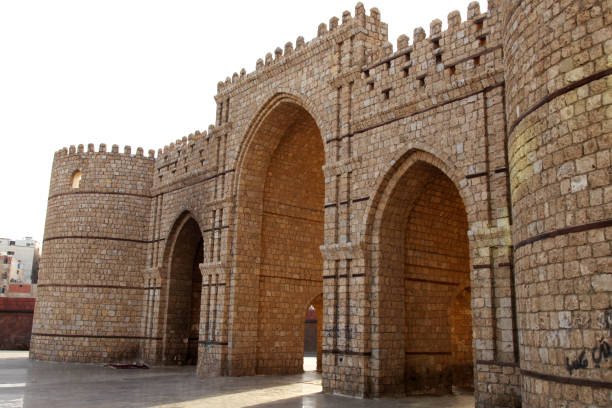
While most travellers dream of exploring well-trodden paths in Europe or Asia, Saudi Arabia emerges as the Middle East’s best-kept secret, welcoming an astounding 100 million visitors in 2023 alone. That’s why this guide covers
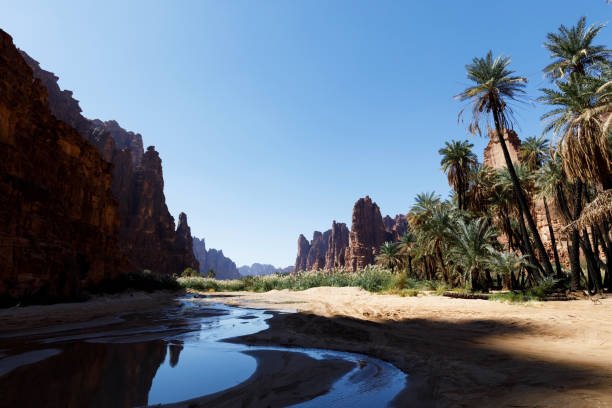
Tabuk City, nestled in the far northwestern corner of Saudi Arabia, is one of the Kingdom’s hidden gems. As Saudi Arabia continues its Vision 2030 transformation, Tabuk is stepping into the spotlight as a region
Source: USD/SAR @ Wed, 2 Jul.
© 2025 Sauditravelandleisure